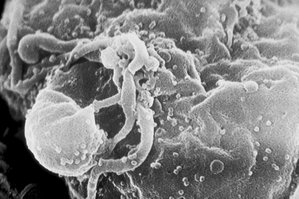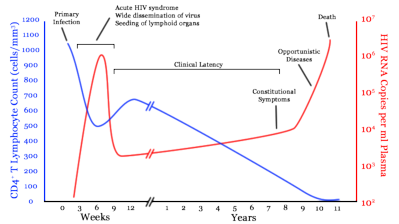THE HIV/AIDS EPIDEMIC is a health crisis in Black America. While it strikes men and women of all ages, it is the No. 1 killer of African-American women age 25 to 34, according to the Centers for Disease Control and Prevention.
Between 2000 and 2003, the rate of contracting the disease among African-American women was 19 times that for White females and 5 times the rate for Hispanic females, according to the CDC. The rates among African-American men were 7 times those for White men and 3 times the rates for Hispanic males.
The reason the diseases strike young Black women is unclear, but experts say a contributing factor may be that they engage in risky sexual behavior, such as unknowingly having unprotected sex with bisexual men. "It's not about whom we sleep with, it's how we sleep with them," says Kimberly Y. Smith, M.D., M.P.H., an associate professor of medicine who specializes in the treatment of infectious diseases at Rush University Medical Center in Chicago. "If you're sleeping with a man, use a condom. That way you are protecting yourself even if your partner is sleeping with men or other women. Anyone who attempts to blame men who are bisexual for the spread of the disease is giving bad, misleading and potentially dangerous advice."
Another leading cause of the spread of HIV/AIDS among African-American women, experts say, is injection drug use. In addition to being at risk from sharing needles, casual and chronic substance abusers are more likely to engage in high-risk behaviors, according to the CDC.
Treatment has greatly improved in recent years, consequently expanding the lives of many sufferers, Dr. Smith says. Some drug cocktail treatments have been reduced from more than 20 pills a day to two pills a day, she says. Still she cautions that a lot of the medications have major side effects. "You have to take these drugs for the rest of your life," she says. "And you may be unfortunate enough to be infected with a strain of the virus that is resistant to treatment. So it's important to avoid contracting the disease at all."
COPYRIGHT 2005 Johnson Publishing Co.
COPYRIGHT 2005 Gale Group




